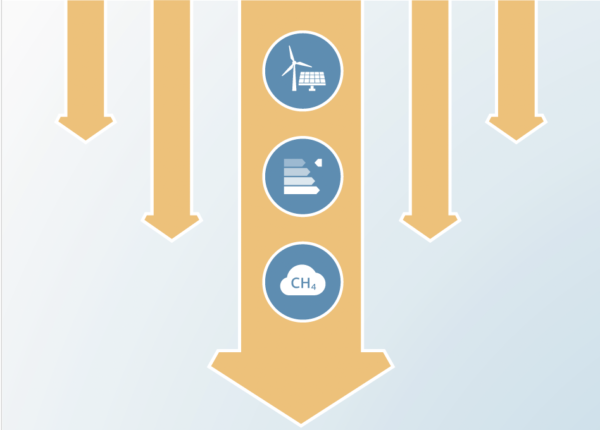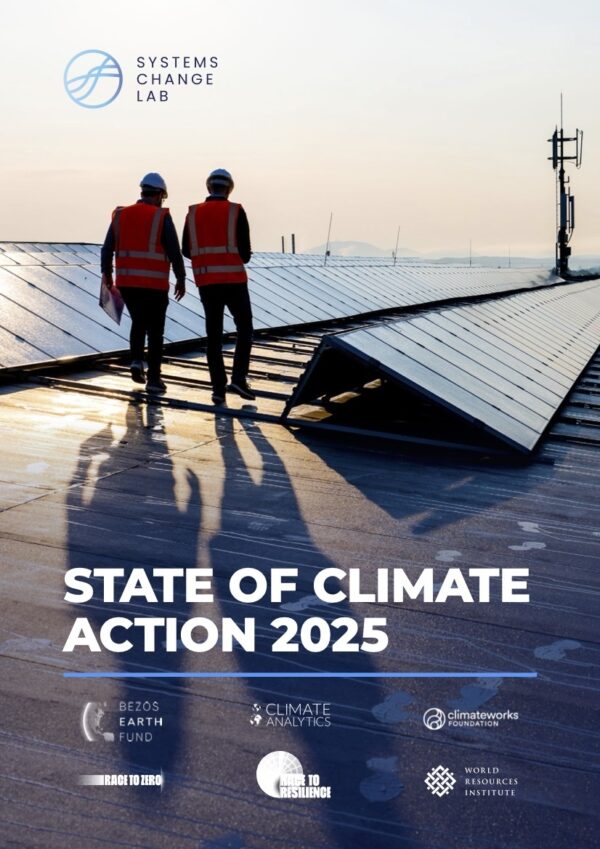Integrated Assessment Models: what are they and how do they arrive at their conclusions?
Authors
Share

Integrated Assessment Models (IAMs) models are used to evaluate the technological and economic feasibility of climate goals such as the Paris Agreement’s long-term temperature goal to hold global warming well below 2˚C and pursue efforts to limit this warming to 1.5˚C above pre-industrial.
The results of these models are assessed in Intergovernmental Panel on Climate Change (IPCC) reports, and play a central role in the IPCC Special Report “Global Warming of 1.5°C” (SR1.5).
This briefing sets out some of the important context and caveats in relation to understanding IAMs and their results, particularly in relation to the Paris Agreement’s 1.5°C limit.











